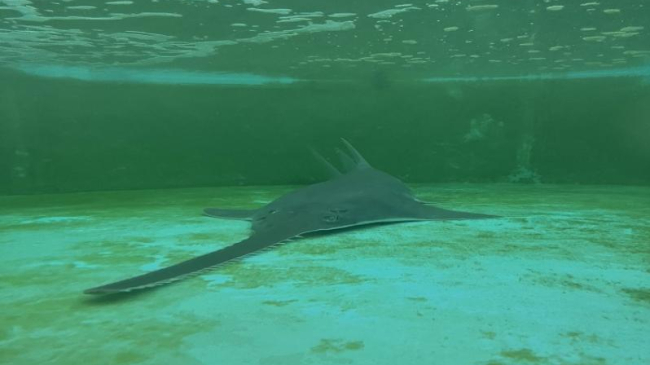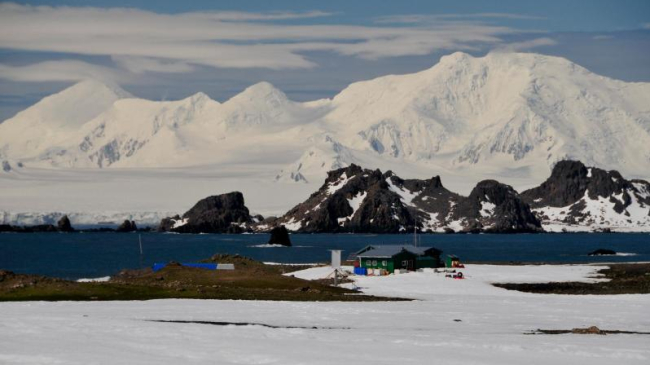Learn more about this increasingly important industry
The term aquaculture broadly refers to the cultivation of aquatic organisms in controlled aquatic environments for any commercial, recreational or public purpose. The breeding, rearing and harvesting of plants and animals takes place in all types of water environments including ponds, rivers, lakes, the ocean and man-made “closed” systems on land.
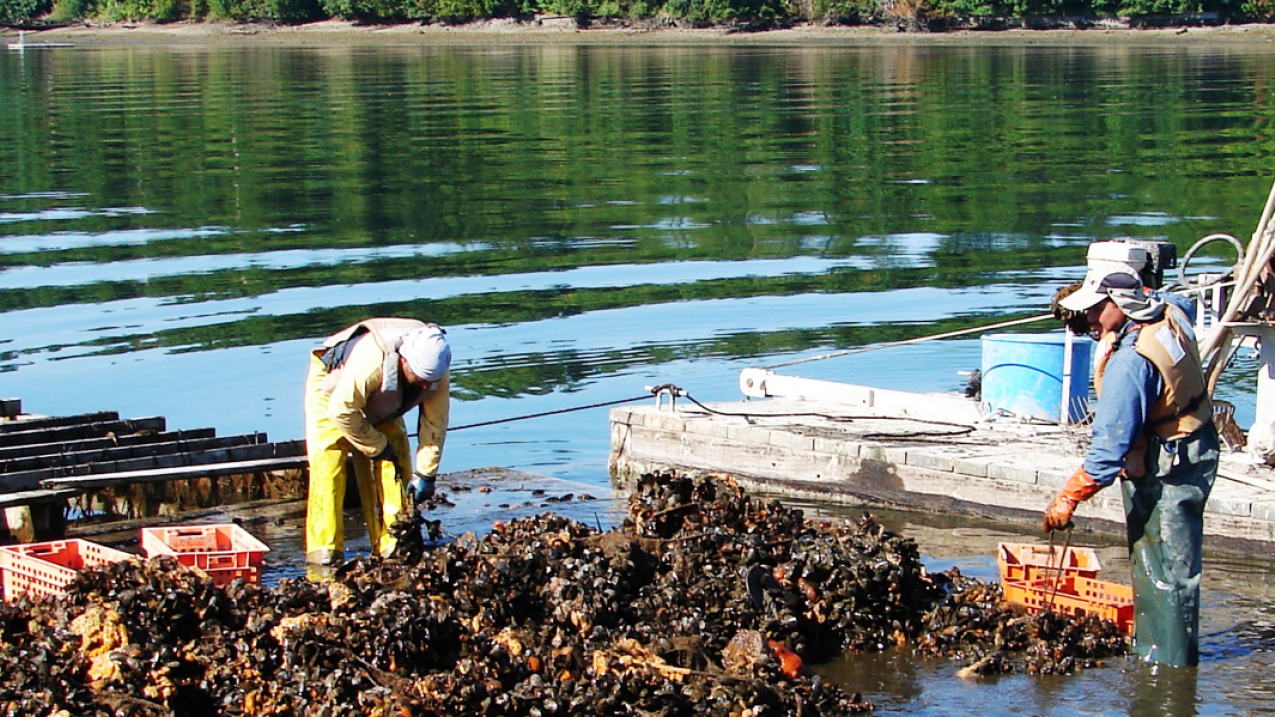
Oyster harvest in Shelton, Washington. (Image credit: NOAA)
Aquaculture serves many purposes, including:
- Food production for human consumption;
- Rebuilding of populations of threatened and endangered species;
- Habitat restoration;
- Wild stock enhancement;
- Production of baitfish; and
- Fish culture for zoos and aquariums.
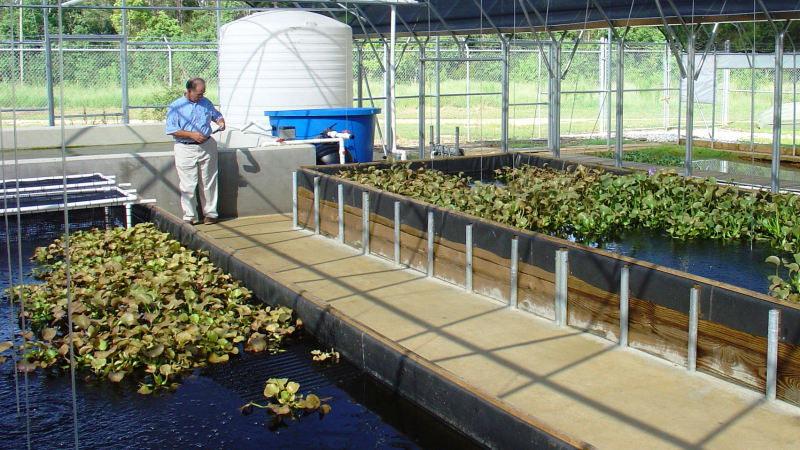
It is one of the fastest growing forms of food production in the world. Because harvest from many wild fisheries has peaked globally, aquaculture is widely recognized as an effective way to meet the seafood demands of a growing population.
Using aquaculture techniques and technologies, researchers and the aquaculture industry are “farming” all types of freshwater and marine species of fish and shellfish:
- Marine aquaculture refers specifically to the culturing of oceanic species (as opposed to freshwater). Examples of marine aquaculture production include oysters, clams, mussels, shrimp, salmon and algae. Marine aquaculture is just 20 percent of U.S. production, consisting mostly of shellfish (e.g., oysters, clams and mussels).
- Freshwater aquaculture includes trout, catfish and tilapia. About 70 percent of aquaculture in the United States is freshwater farming of catfish and trout. Only a handful of U.S. farms grow marine finfish such as salmon in Maine and Washington State and yellowtail and Pacific threadfin (moi) in Hawaii.
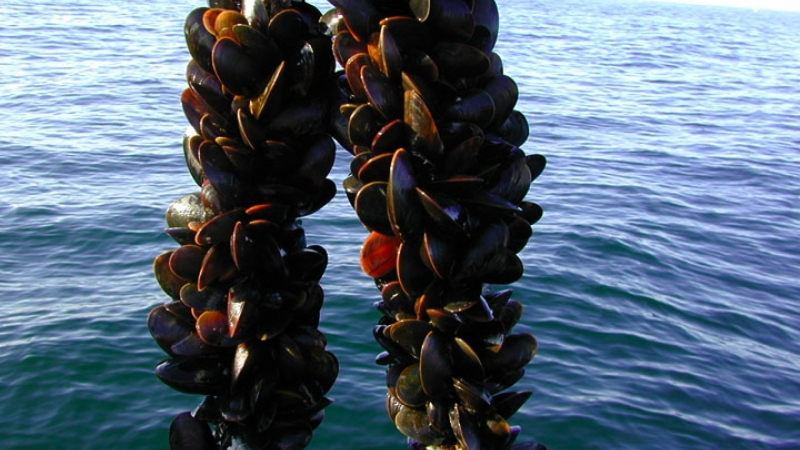
Aquaculture produces almost half of the seafood consumed by humans globally, a trend that continues to increase. The United States is a major consumer of aquaculture products — we import 84 percent of our seafood, and half of that is from aquaculture — yet we are a minor producer. In fact, U.S. aquaculture (both freshwater and marine) supplies about 5 percent of the U.S. seafood supply, and U.S. marine aquaculture supplies less than 1.5 percent.
It is vital that the United States further develop its own sustainable aquaculture industry, both to reduce its annual $9 billion annual seafood import deficit and to keep pace with the growing demand for seafood.
Learn more: NOAA's Aquaculture Program is dedicated to fostering safe, sustainable aquaculture in collaboration with other NOAA offices including NOAA's Office of Oceanic and Atmospheric Research and NOAA's National Ocean Service.
Editorial note: This article was written in collaboration with NOAA aquaculture expert Dr. Michael Rubino, NOAA's Aquaculture Program.
Original publish date: June 2011.


